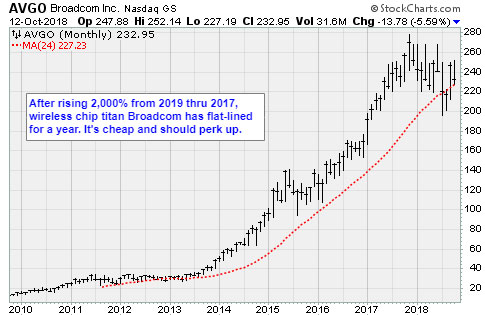Google pioneers new world of seamless software updates
Imagine a world where smart things got smarter without the need for service from a technician or buying new gear.
Droid Life, a technology enthusiast website, reported Oct. 13 that Google is bringing real-time translation to all Assistant-optimized headphones in an over-the-air software update.
The future of things is software, and distribution.
Google announced the Pixel Buds a year ago. The wireless headphones were priced to compete with Apple’s surprisingly good AirPods. Buds could play media, take calls and talk to the Google Assistant.
Buds also had this weird superpower: They could translate languages in real time.
During the reveal, demo audiences were wowed. After all, the process seemed like magic. With no more than a smartphone and a set of Buds, two people speaking different languages were having a conversation, in real time.
Unfortunately, Google kept all of the magic to itself. Although many companies began building Assistant into their headphones, its translation software only worked with the Pixel Buds.
That changed last week.
Users all over the world have started to report that their LG, Sony and Bose devices can suddenly speak multiple languages.
It seems Google engineers in Mountain View flipped a switch and changed the functionality of tens of thousands of devices in the field.
It is not the first time a company changed the way devices work with an over-the-air , or OTA, software update. Smartphone, computer and television set manufacturers are famous for pushing out upgrades to fix software bugs and improve performance.
In 2016, Consumer Reports rated Tesla (TSLA) first in its consumer satisfaction survey. A mindboggling 91% of consumers said they would buy another Tesla. There is plenty to like about the quiet, yet insanely fast electric cars. But consumers loved its over-the-air software updates the most.
Computers have been a big part of the auto industry for years. Volkswagen introduced electronic fuel injection in 1968. In the race to control emissions, the electronic control unit became common on most cars during the 1970s. Today, every vehicle has a standardized, second-generation onboard diagnostics protocol.
Teslas have custom-made electronic control units. They run second-generation onboard diagnostics programs. They also have constant wireless internet connections. Tesla pushed out a software update in 2016 that allowed owners to autonomously summon their vehicles from parking spots. Another update fixed the braking system and the cars’ handling on windy roads. An OTA in 2019 is supposed to bring full self-driving capabilities.
All the magic happens without a visit to the dealer. No half-days wasted. No bad coffee, waiting rooms and out-of-date magazines. Tesla owners wake up and presto, their car has new features.
For investors, the way forward is clear. Companies that demand and design great software will be winners. However, businesses that provide connectivity will win, too.
Broadcom (AVGO) is a connectivity company. The San Jose business has been a serial acquirer of rival digital and analog semiconductor firms. The expressed goal is building out the next wave of wireless networks everywhere.
The company has its roots in the semiconductor division of Hewlett-Packard. In 1999, that division became Agilent Technologies. By 2005, two private equity firms, KKR and Silver Lake Partners bought Agilent for $2.6 billion. Non-strategic assets were shed, and the company was rebranded as Avago Technologies.
In 2006, Hock E. Tan came aboard to run the company. He engineered a successful Initial Public Offering in 2009. The $6.6 billion buyout of LSI Corp. in 2013 brought a gateway to storage and data center customers.
Avago acquired Broadcom for $37 billion in May 2015, giving the company a wealth of patents … the world’s leading Wi-Fi and broadband technologies …and the scale to thwart would-be competitors.
It was a masterstroke worthy of a name change.
Its patent portfolio, now 22,000 strong, keeps Apple (AAPL), Samsung, Hewlett-Packard (HPQ), Dell, AT&T (T), Cisco (CSCO) and many others captive. They need to license Broadcom gear for wireless connectivity.
Those technologies helped transform sleepy Sony, LG and Bose headsets into magical language translating devices last week.
Broadcom has had a rough time in 2018, falling 9.3%. It had a high profile, failed buyout of Qualcomm (QCOM) and a hostile bid for CA Technologies (CA) that was met with skepticism. However, the business is robust. Fiscal 2017 sales surged 33% to $17.6 billion
The stock trades at only 8.6 times forward earnings. At $233, it is also trading well off its record high at $285. Long-term, patient investors can buy the stock at current levels.
Best wishes,
Jon D. Markman




